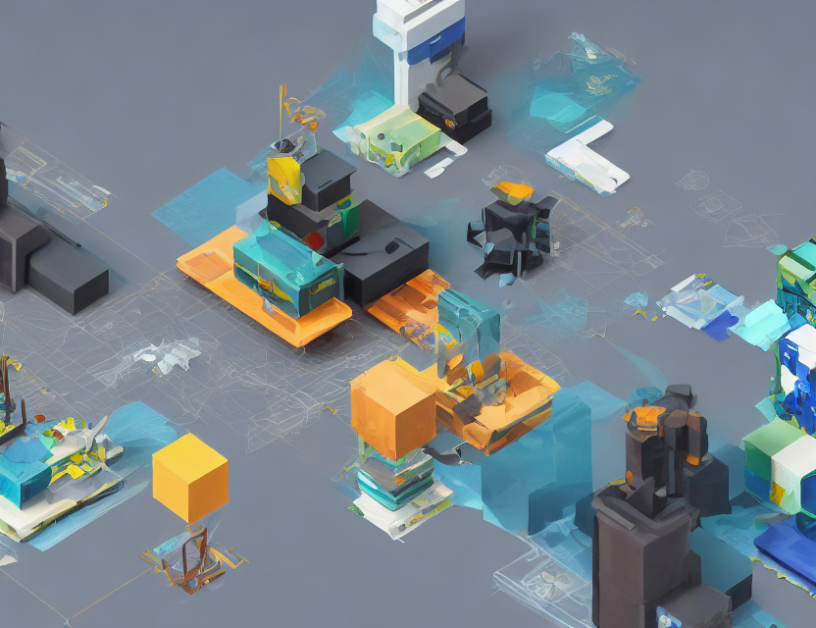In this article, researchers explore the intersection of machine learning and art, specifically in the context of image generation. They propose a new approach to self-supervised learning, which is a type of machine learning where the model learns without being explicitly told what to do. This approach uses data augmentations, which are modifications made to the images to make them more diverse and challenging for the model to learn from.
The researchers show that by using these data augmentations, they can provably isolate the content of an image (i.e., the underlying objects or features) from its style (i.e., the way the image looks). This is a significant breakthrough, as it means that the model can learn to recognize and generate images without being influenced by superficial characteristics like brightness or color.
To understand how this works, imagine you are trying to identify the objects in a messy room. If you only look at the room as a whole, you might struggle to see the individual objects. But if you start by making small changes to the room (e.g., changing the lighting or adding some toys), the objects become much clearer. This is similar to what the researchers did with their data augmentations – they made small changes to the images, which helped the model learn to recognize the content more easily.
The authors demonstrate their approach on several tasks, including image generation and image-to-image translation. In each case, they show that their method outperforms existing approaches and produces more realistic results.
Overall, this article represents a significant advancement in the field of machine learning, with potential applications in areas like computer vision, robotics, and artistic creation. By provably isolating content from style, researchers can create more accurate and efficient models that can help us better understand and interact with our world.
Computer Science, Machine Learning
Identifying Content and Style in Self-Supervised Learning with Data Augmentations



